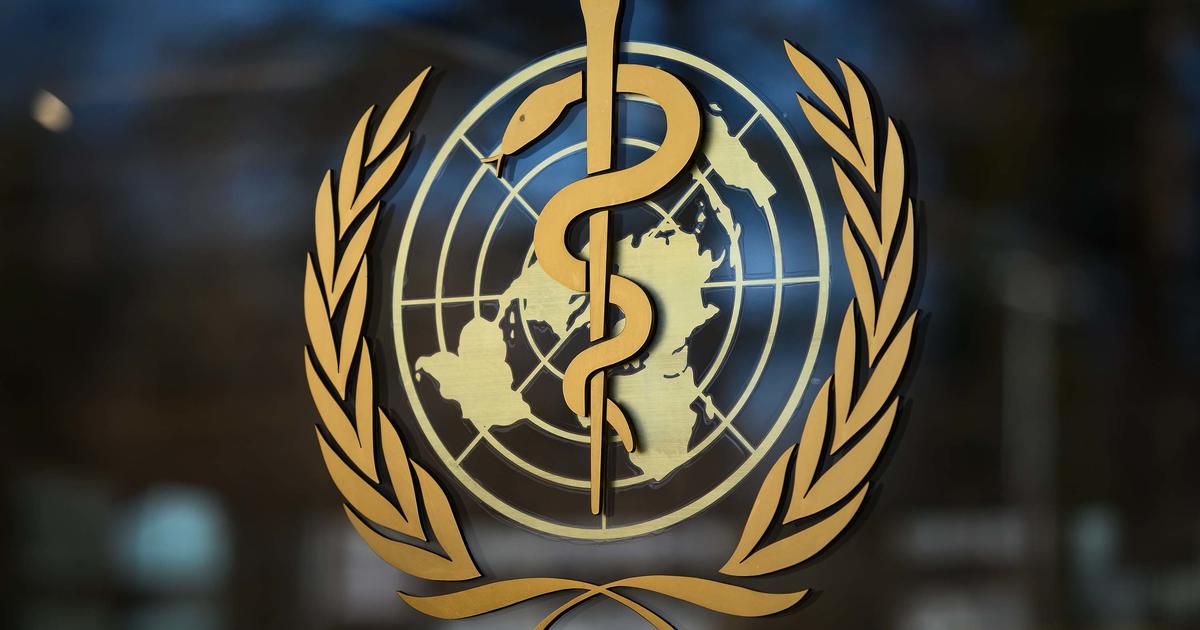
WHO declares new JN.1 COVID strain a “variant of interest.” Here’s what that means.

The World Health Organization announced Tuesday it would step up its classification of the new COVID-19 variant JN.1 to a standalone “variant of interest,” after tracking the strain’s rapid ascent around the world. Health officials have been careful to say that JN.1 has so far not been found to lead to different or more severe symptoms compared to previous variants.
However, the WHO said JN.1’s “rapidly increasing spread” in multiple parts of the world was enough to warrant ungrouping the strain from its slower-moving ancestor BA.2.86.
“JN.1 continues to be reported in multiple countries, and its prevalence has been rapidly increasing globally and now represents the vast majority of BA.2.86 descendent lineages reported,” the WHO wrote.
BA.2.86 was deemed a “variant of interest” by the WHO back in August.
“Variant of interest” is a category below the more worrisome “variant of concern” that would earn a strain a new Greek letter nickname from the U.N. agency, like Delta or Omicron. So far the WHO has declined to escalate any new variants to the “concern” threshold, signaling it poses a significantly increased risk to public health, since the classification of the original Omicron variants in 2021.
The WHO defines variants of interest as strains that are worrying enough to trigger stepped up investigations of the variant by countries, like laboratory studies and field investigations of its outbreaks.
First, the WHO says variants of interest must have genetic changes that are known to change a key characteristic of the virus, like its transmissibility or the effectiveness of treatments and vaccines. Second, the strain must be growing in a way that it could be “an emerging risk to global public health.”
“We will use a Greek letter when we have a variant of concern and we won’t hesitate to use those Greek letters should they be needed,” the WHO’s Maria Van Kerkhove said in August, after BA.2.86 first emerged.
The CDC uses a similar but separate system to classify variants based on their risk specifically to Americans, which has so far not classified JN.1 as a “variant of interest.”
Are the symptoms of JN.1 the same as other COVID variants?
Health officials say the symptoms appear to be the same as we’ve seen from other strains of the virus.
“The types of symptoms and how severe they are usually depend more on a person’s immunity and overall health rather than which variant causes the infection,” the CDC said.
The WHO said early data from Belgium and Singapore suggested JN.1 might be leading to the same or lower risk of hospitalizations.
The Centers for Disease Control and Prevention also said in a Dec. 8 report that there was “no indication of increased severity from JN.1 at this time.”
However, the WHO says JN.1’s mutations look to be enough to outcompete other strains in evading the body’s immune defenses, accelerating infections at a time when cases were already expected to rise from COVID-19 alongside other winter respiratory threats like flu and RSV.
“Based on its genetic features, JN.1 may possess some antigenic advantage evading previous immunity,” the WHO said.
How many cases of JN.1 have been reported?
Estimates published by the CDC earlier this month projected JN.1 was now the fastest-growing strain in the country, making up more than 1 in 5 cases nationwide. The strain is on track to become the dominant variant nationwide, the CDC said.
JN.1’s rise comes as COVID-19 trends in the U.S. remain higher than levels that were seen in October following the late summer wave, but still below peaks seen during the peak of last winter’s infections around the New Year.
That is thanks to a mixed picture at the local level, with some parts of the country — like Midwestern regions spanning Illinois, Indiana, Iowa, Kansas, Michigan, Minnesota, Missouri, Ohio, Nebraska and Wisconsin — seeing emergency room visits from COVID-19 climbing to rates not seen since last year.
Other regions have seen decreases in COVID-19 in emergency rooms when measured relative to growing infections from influenza.
“Test positivity (percentage of tests conducted that were positive), emergency department visits, and hospitalizations remained elevated nationally,” the CDC reported for COVID-19 on Dec. 15.
New variant estimates are expected to be published Friday by the CDC.
COVID vaccine protection
This season’s updated COVID-19 vaccines are still “expected to increase protection against JN.1” as for other variants, the CDC says.
However, the WHO also acknowledged early studies of the variant so far have found lower “cross neutralization” in tests of antibodies designed to mimic the shots’ protection.
A separate WHO panel tasked with assessing the impact of variants on vaccines previously said Dec. 13 they had decided against calling for a change to the recipe used for current vaccines, which are currently aimed at the XBB.1.5 strain from earlier this year.
“[D]espite the reduction in JN.1 neutralization, protection by XBB.1.5 monovalent vaccines are likely to be effective against JN.1,” the WHO said in its report Tuesday.
The U.S. is second only to France in reporting the largest share of JN.1 sequences to the global virus database GISAID, the WHO said.
More
More
Source: cbsnews.com